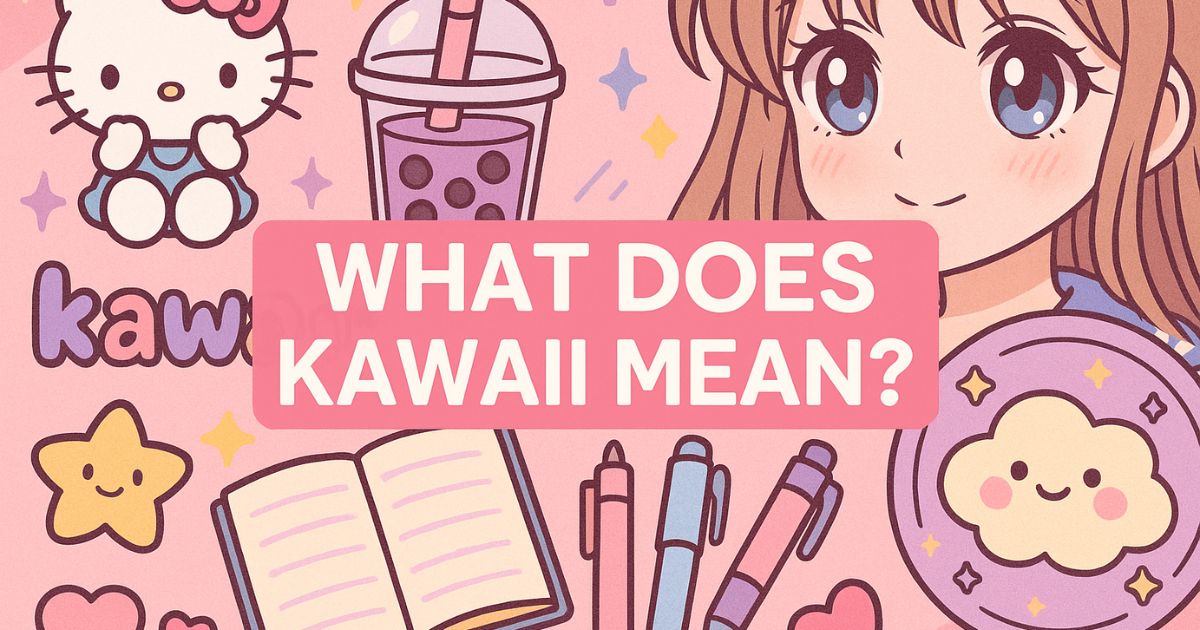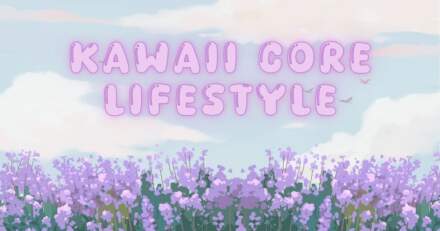Why Everyone Is Asking What Does Kawaii Mean?
You’ve seen it everywhere: pastel outfits, Sanrio characters, TikToks full of pink bedrooms and plushies. The caption? Kawaii.
But what does kawaii mean? The short answer is “cute.” The long answer is that kawaii is a word, a feeling, an aesthetic, and a cultural movement that has shaped not just Japan, but global pop culture.
This guide breaks it down with history, cultural context, and everyday examples so the next time you see kawaii pop up, you’ll know exactly what’s going on.
The Direct Translation of Kawaii
In Japanese, kawaii (可愛い) translates to “cute” or “adorable.” The word originally came from a phrase that meant “blushing face,” linked to feelings of vulnerability and charm. Over time, it grew to describe anything endearing, soft, or lovable.
When someone in Japan calls something kawaii, they might mean:
- A child’s drawing
- An outfit with pastel bows
- A small animal doing something funny
- A character with oversized eyes and round shapes
So while the dictionary meaning is “cute,” the emotional meaning is much richer.
The History of Kawaii Culture
To really answer what does kawaii mean, we need to look at how it developed.
- 1970s: Schoolgirls in Japan popularized “cute handwriting” with round, bubbly characters. This style was criticized at first but eventually became mainstream.
- Sanrio & Hello Kitty: In 1974, Hello Kitty was born, becoming an international kawaii icon. Sanrio built an empire around characters designed to be sweet, non-threatening, and comforting.
- 1980s–90s: Kawaii spread into fashion, toys, advertising, and media. Entire districts like Harajuku became hubs of kawaii street style.
- 2000s onward: The internet amplified kawaii culture globally. From anime conventions to kawaii stationery shops, the aesthetic went worldwide.
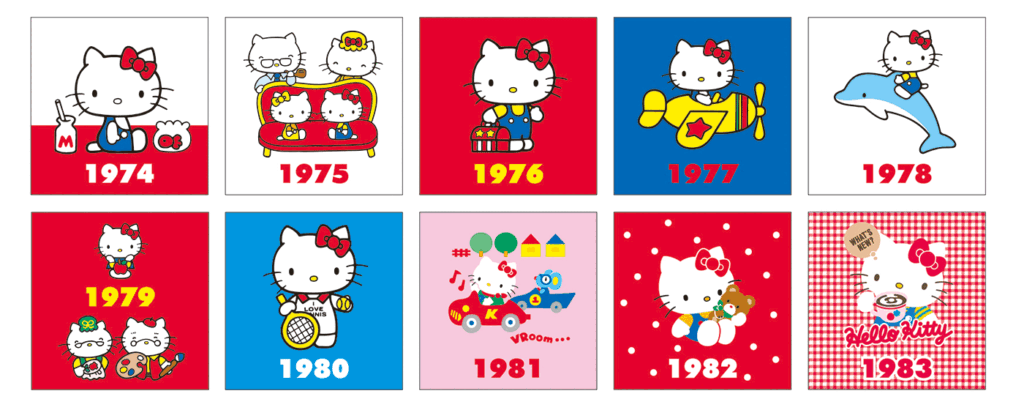
Kawaii isn’t just a trend—it’s a cultural export on the scale of sushi, anime, and J-pop.
Kawaii as a Cultural Value
In Japan, kawaii is more than fashion or style—it’s a social language. To call something kawaii is to express warmth, affection, or admiration. It’s about softening interactions in a society that values harmony.
Some cultural nuances of kawaii include:
- Childlike innocence: A celebration of youth and purity.
- Non-threatening charm: Kawaii things feel safe and approachable.
- Emotional expression: Kawaii allows people to show vulnerability in a culture that often prizes restraint.
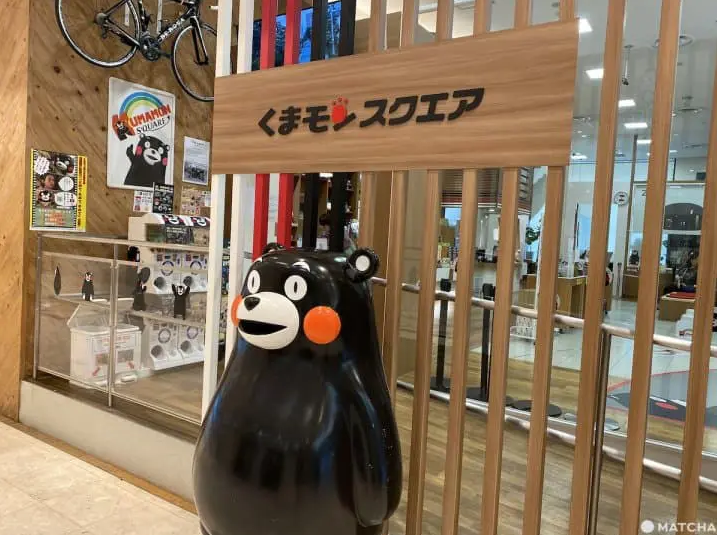
This is why even companies and government agencies in Japan use kawaii mascots—to make their brands feel friendly and relatable.
What Does Kawaii Mean in Aesthetics?
When people ask what does kawaii mean today, they’re often referring to the visual aesthetic:
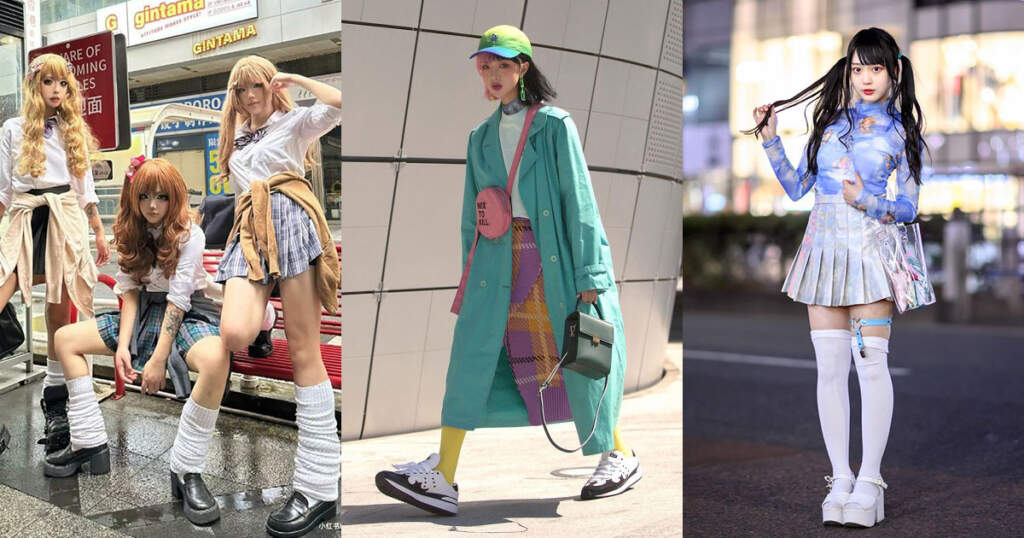
- Fashion: Harajuku streetwear, Lolita fashion, pastel goth, decora style.
- Design: Rounded fonts, soft colors, character goods, stationery.
- Media: Anime and manga characters with oversized eyes, bright colors, and exaggerated expressions.
- Lifestyle: Plushies on beds, bento boxes with character faces, cozy pink bedrooms.
The kawaii aesthetic can be maximalist (think decora girls with dozens of hair clips) or minimalist (pastel sweaters and a single plush keychain). From dreamy illustrations to playful words, kawaii shows up in every creative medium. See it for yourself in our kawaii art moods and kawaii quote prints collections.
Global Influence of Kawaii Culture
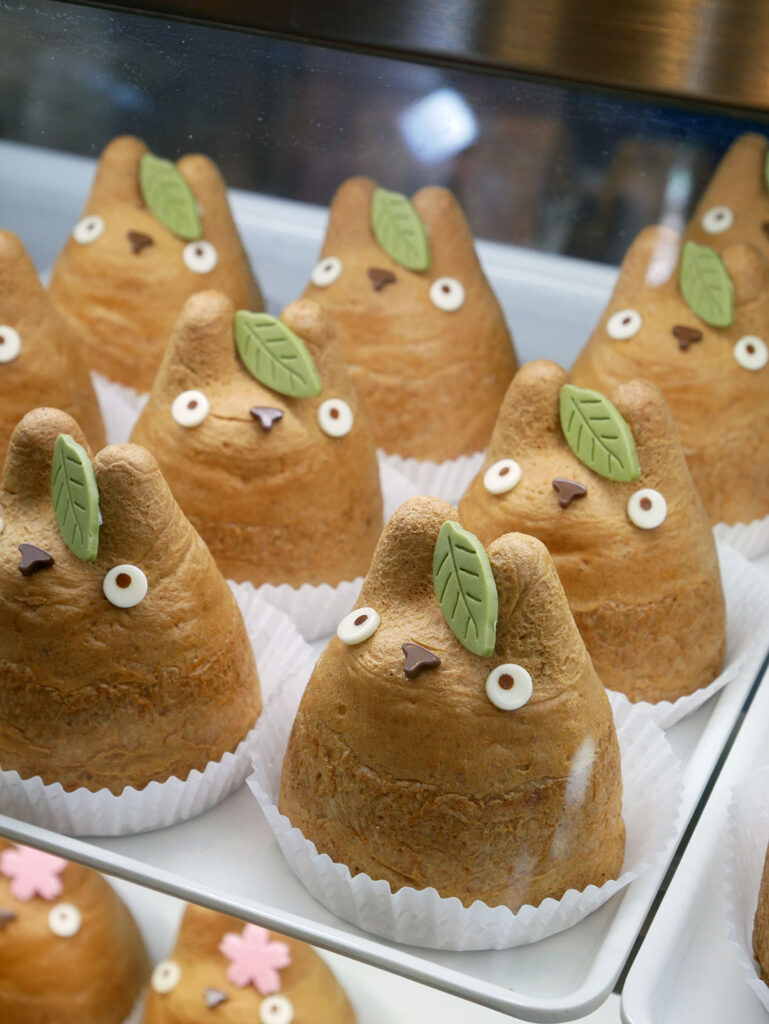
Kawaii has become a global phenomenon. You’ll find it in:
- Western fashion: Brands collaborate with Sanrio and Pokémon.
- Pop stars: Artists like Gwen Stefani, Doja Cat, and Blackpink incorporate kawaii visuals.
- Social media: Kawaii filters, emojis, and stickers dominate Instagram and TikTok aesthetics.
- Merch & lifestyle: From kawaii-themed cafes to entire conventions, kawaii is no longer “just Japanese”—it’s worldwide.
What started as handwriting in Japanese schools is now a multi-billion-dollar aesthetic economy.
Misconceptions About Kawaii
- It’s not just for kids. Adults embrace kawaii as a lifestyle and a form of self-expression.
- It’s not only pink. While pastel is common, kawaii can include goth, punk, and alternative spins.
- It’s not shallow. Kawaii can be a form of rebellion against rigid cultural expectations, offering softness in hard systems.
How to Bring Kawaii Into Your Life
If you’re wondering how to live a little more kawaii, here are some ideas:
- Add pastel stationery or stickers to your desk.
- Try kawaii-inspired fashion—oversized sweaters, pleated skirts, playful accessories.
- Decorate your room with fairy lights, plushies, and cute art prints.
- Cook kawaii bento lunches with character faces.
- Use emojis and playful language in your texts to sprinkle in kawaii vibes.
Kawaii isn’t all-or-nothing. It can be a small accessory or a full lifestyle.
So, What Does Kawaii Mean?
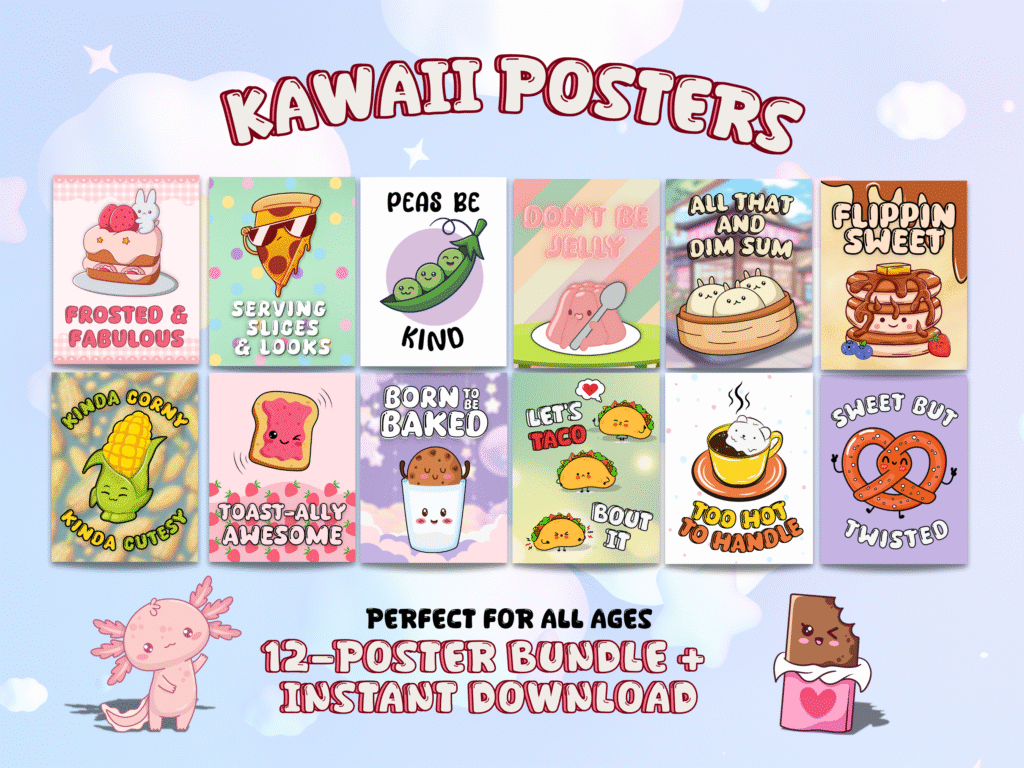
So, what does kawaii mean? It’s cute, yes. But it’s also a cultural value, a global aesthetic, and a way of seeing the world through softer eyes.
Kawaii reminds us that joy, play, and vulnerability are worth celebrating—even in adulthood. It’s not just about how something looks—it’s about how it makes you feel. And if it makes you smile, chances are, it’s kawaii. Wanna add some Kawaii to you home? Check out our collection of cute Kawaii posters on our Etsy.


